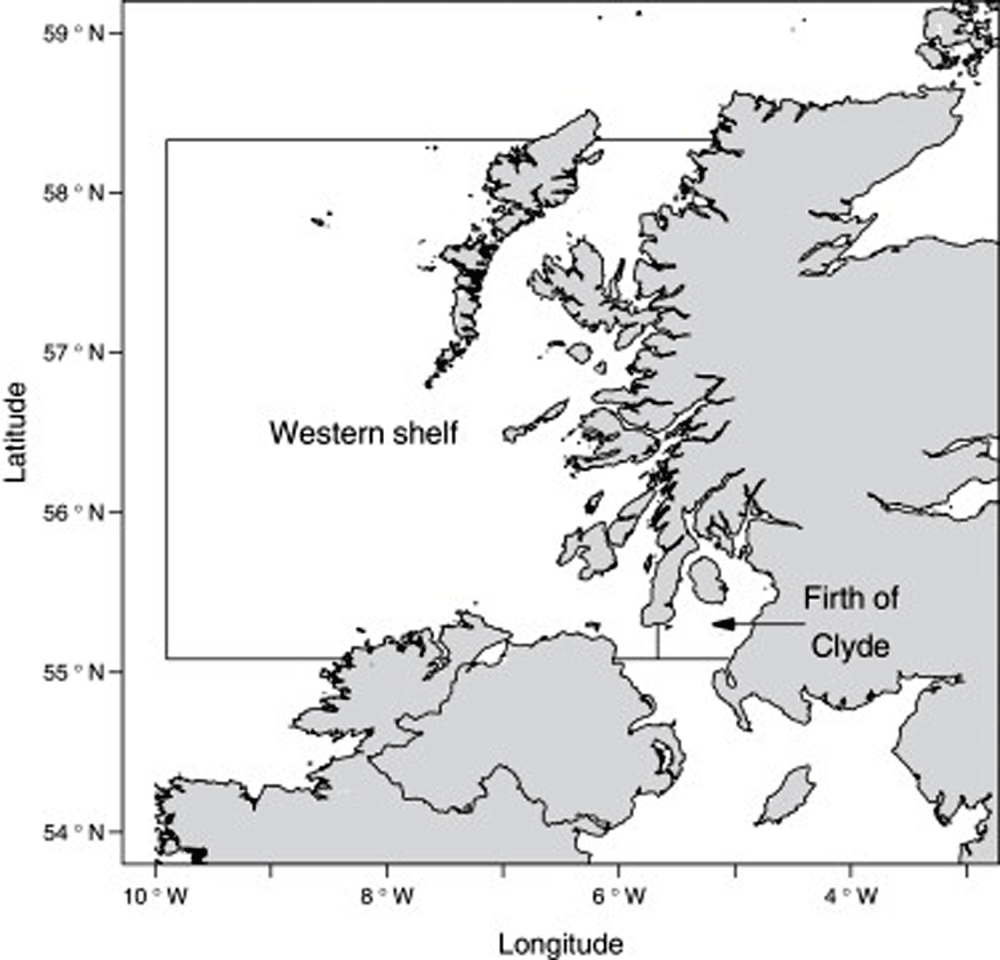HADDOCK and whiting off the west coast of Scotland are dramatically shrinking in what may be an evolutionary response to fishing.
A new study reveals that haddock and whiting in the Firth of Clyde and the western shelf are getting progressively shorter.
The average haddock has lost as much as 22cm – around a third of the species’ maximum length of 70cm.
Whiting have shrunk by up to 17cm, slightly more than a third of its maximum length of 45cm.
The dramatic shrinking fish have been found in the Firth of Clyde and the Western Shelf, which covers a “box” from Dumfries and Galloway to Caithness and about 200 miles into the Atlantic.

Academics measured the shrinkage between 1985 to 2011 and believe it may be the result of fish evolving to slip through nets designed to catch larger specimens.
The team at the University of Strathclyde warn it could take “generations” for the shrinkage to be reversed.
The team from the Marine Population Modelling Group, part of the maths and statistics department, is set to published its findings in the Fisheries Research journal in May this year.
Scientists carried out their investigations by looking into bottom trawl survey data as far back as 1980 and comparing it with modern-day fish lengths.
In the Western Shelf, the longest middle-aged Haddock from earlier data was 64cm compared with just 46cm for the equivalent fish in the new survey.
Similarly, the longest middle-aged whiting caught in 1980 was roughly 45cm long, compared with 32cm in 2011.
The scientists also looked at coley caught in the western shelf, and found that their average length had decreased by up to 14.4cm over the years.
The only species which reported an upwards trend was the Norway pout, caught in the western shelf, which saw an increase of up to 4.6cm in length.
The researchers also investigated average cod length, and found that the species did “not change significantly over time”.
The study reads: “Length-at-age has declined in many fish stocks around the world, and this has now been observed in…populations within the Firth of Clyde as well as throughout the Scottish western shelf sea.
“Declines in length were much more pronounced in the haddock and whiting populations within the Clyde than in the western shelf regions.”
The study added: “This suggests that growth has been changing in response to environmental factors that differ between the two regions, or in response to fishing pressure.”
“Trawl fishing disproportionately targets large individuals as they are unable to escape from the nets.
“If the changes in growth are partially due to fishing induced evolution then it may take generations for the changes to reverse.”
The study comes just as fishermen report a spate of giant cod around the UK, with a single fish caught off the south coast capable of producing enough fillets to feed 50 people.
Specialists have suggested that the big fish were a sign of the recovery of cod stocks after a decade of strict limits on catches.

